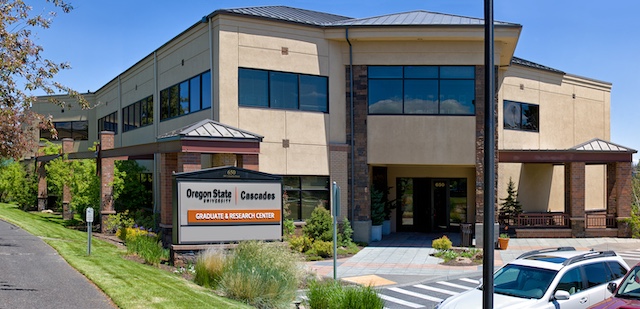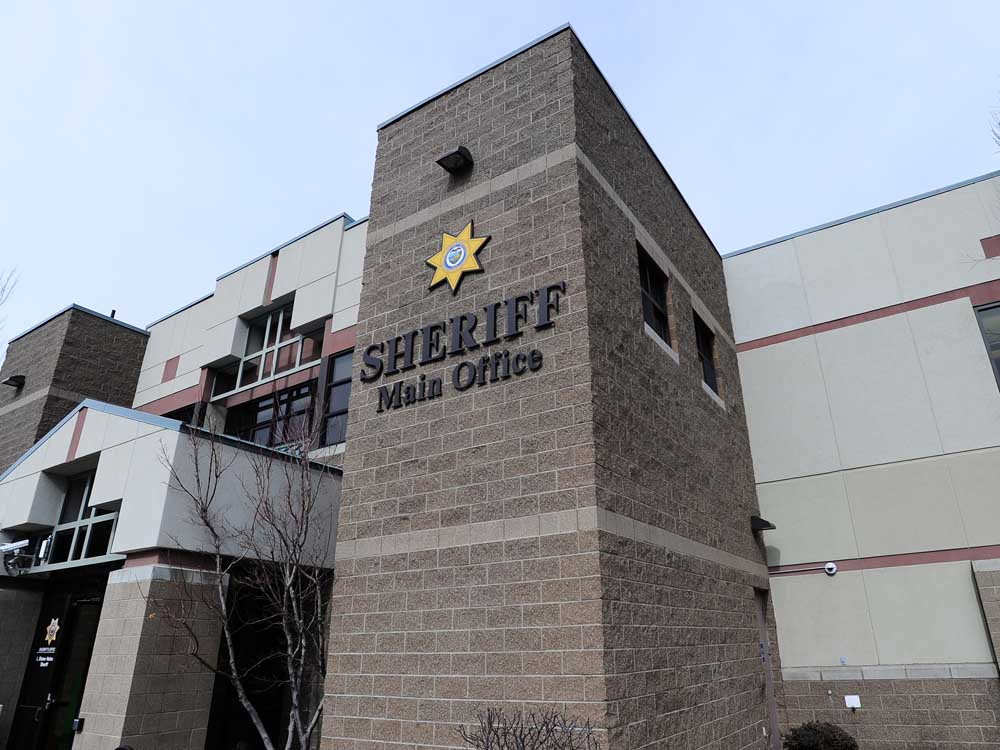Bend park district survey shows strong support for new Deschutes River footbridge
Published 5:30 am Friday, January 5, 2024

- This is one of the locations discussed for a new footbridge across the Deschutes River in the area upstream of Bend, seen here in 2017.
A footbridge bridge across the Deschutes River has been a dream among southwest Bend residents for more than a decade, backed by the premise that it would connect neighborhoods in southwest Bend to trails west of the river.
But every attempt to get one built was scuttled by opposition groups and legal impediments.
Trending
Its popularity among residents refuses to wane, however. Now a recent survey conducted by the Bend Park & Recreation District is giving bridge supporters renewed vigor to push the bridge debate back into the spotlight.
Around 70% of respondents said they support the construction of a bridge over the Deschutes while just 10% were not supportive of the bridge. The survey has a margin of error of 3.2%.
Pursuit of a bridge by the park district was shelved in 2019, however, after the board removed funding for the project from the five-year capital improvement plan, said Julie Brown, a spokesperson for the district.
Group resurrects idea for footbridge over the Deschutes southwest of Bend
Trending
“That essentially put it on the back burner for an unknown time frame,” said Brown. “A connection in that area has been part of Deschutes River Trail plans for decades and that hasn’t changed.”
Supporters of the bridge — which if built, would be upstream of Bend’s urban growth boundary — say it will help residents on the east bank of the Deschutes River to reach recreational areas on foot that otherwise would require a drive of 6 to 7 miles.
“I would characterize that support as very, very strong. It simply overwhelmed any opposition,” said Nathan Hovekamp, chair of the park board, at a board meeting on Tuesday.
The jury is in
Hovekamp said the survey can’t be ignored.
“The community has spoken; the jury is in,” Hovekamp said. “We need to move forward on that project. It’s time.”
Additional analysis of the survey and possible recommendations based on the public input could occur in February or March, said Brown. But district staff have already weighed in, including Executive Director Don Horton.
“We know we have a lot of support from the community,” Horton said at a district meeting last month. “We are in support of the bridge and at some point we hope to be able to move forward.”
Critics of the bridge say its construction would be illegal. The area where the bridge is planned is a state scenic waterway and a designated wild and scenic river.
“There are no easy options,” said Erik Fernandez, wilderness program director for the nonprofit Oregon Wild. “Building the bridge BPRD wants has specific rules against it specifically and would require rolling over countless agencies and management plans to do so.”
Building a pedestrian bridge at the location currently being considered would set a negative precedent across the state, said Fernandez, undermining protections of other rivers. If the district poll asked people about developments that “weaken public lands and river protections” the results would be different, he said.
At the district meeting last month, Horton acknowledged the legal challenges related to the river’s protected status and added that the district doesn’t control land on either side of the river and must work with other agencies, including the U.S. Forest Service, and the private sector, to get a trail to the river and across it.
“So you can imagine that takes a lot of effort,” he said.
Deschutes legal status
Judy Clinton, a homeowner on the east bank of the river in southwest Bend, said the river’s legal status should end the debate.
Eminent domain a seldom-used tool for Bend parks
“It doesn’t matter what the community wants because authority is preempted by state and federal regulations,” said Clinton. “During the long process of analysis in years of 2016 to 2017 the public wanted more safeguards for the river, not less.”
Golden eagles, mule deer and bobcat are among the animals that inhabit the area near the proposed bridge, one reason why Clinton says less development is better.
“I think there needs to be places where human influence is limited and this is one of those places,” she said. “What right do humans have to dominate and claim every square inch of the earth because it would be convenient for their entertainment.”
Tim Phillips, a homeowner from the west side of the river, led a campaign against the bridge in 2017.
“There are some aggressive landowners who want to sell their land to the park district to facilitate a bridge, but really the environment and conservation community has taken over that issue,” he said recently. “I have no involvement in it. When I protected the state scenic waterway the first time, it raised enough awareness in it for the environmental community to pick it up.”
In 2015, the Oregon Department of Fish and Wildlife stated in a letter to the Oregon Park and Recreation Department that it opposed rule changes related to the construction of a pedestrian bridge in the area because an increased presence of humans and pets threatens sensitive habitat for deer and elk.
Jaime Bowles, regional habitat biologist with Oregon Department of Fish and Wildlife, said the department’s position has not changed.
Fernandez said the city should explore bridge development in other areas downstream from the proposed location. The study for such a bridge — located around 2 miles downstream from the proposed location — was included in the Bend Transportation Plan 2040 Project List.
“Parks and rec pursuing an idea that isn’t even in their five and 10 year plans, and with a better option available, is the result of having more money than sense,” said Fernandez.
Claims of NIMBYism
Royce Kallerud, executive director of Connect Bend, a nonprofit that supports building the bridge, said most of the opposition has come from a small group of landowners who have property close to the river.
“The bridge opposition started with a private community and it ends there too. This is a NIMBY issue, plain and simple. Others in the debate have tried to argue that the project will harm wildlife habitat or degrade scenic protections, but there just isn’t evidence to back up these additional claims.”
Larry Waters, a resident in southwest Bend and board member of Connect Bend, said once the park district is involved, more resources can be made available to restore riparian areas of the Deschutes River in southwest Bend.
“It’s a win for the environment,” said Waters.
As for the legal constraints, Kallerud argues that the structure of the State Scenic Waterways Act does not prohibit building the bridge and said there is a “clear and legal” pathway for the project to proceed.
That pathway includes the U.S. Forest Service submitting an application to Oregon Parks and Recreation Department for approval of the bridge, he said.
“After a year, regardless of what OPRD determined the project could proceed,” he said. “That is written directly into the Act.”








